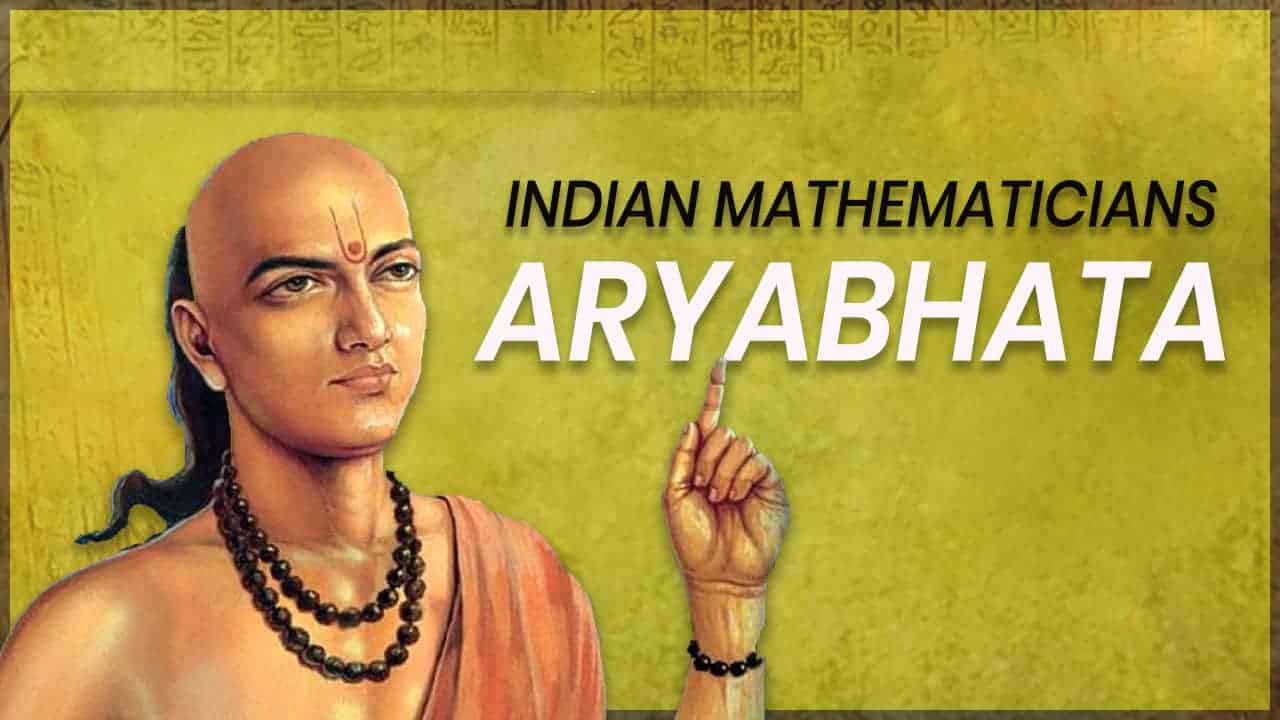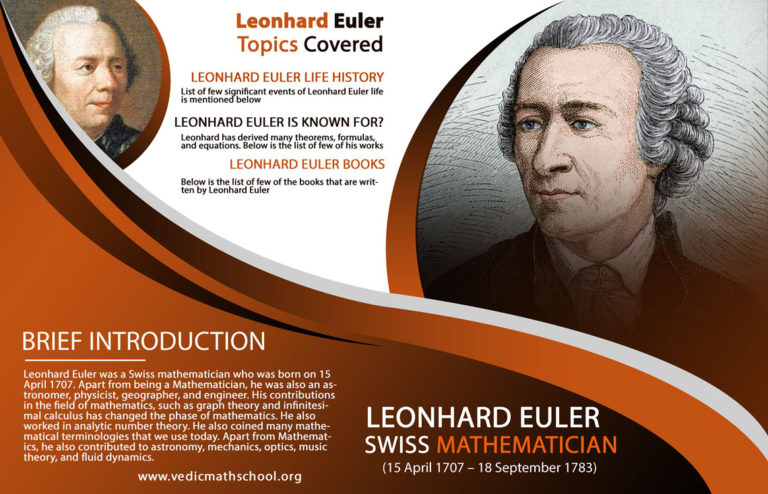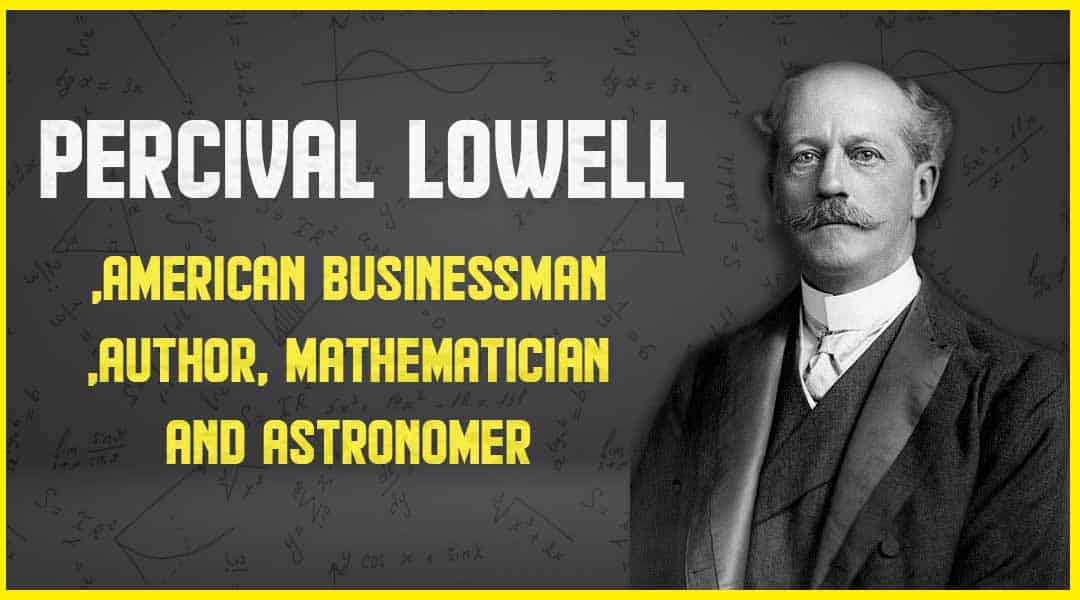Many of them are out-of-the-ordinary scientists who have got trained in so many disciplines, studied about everything for years, and got varying degrees of precision.
Here is the list of some of the most known Astronomers who have made the most contributions in astronomy. These are the people upon whose shoulders we are standing as they have given us the knowledge of the universe we have today. For the last 120 years if we can reproduce the exact positions of stars in the night time it’s because of all these great personalities.
Brahmagupta (598 AD-668 AD)
Brahmagupta was a great Astronomer he used to research astronomy and also for the Brahmaraksha school which was one of the most famous Indian schools of that era he worked as an astronomer there. He studied Siddhantas in Indian astronomy and at the age of 30 wrote a revised version of Siddhartha’s which was the ‘Brāhmasphuṭasiddhānta’.
Not only in Astronomy but he was a great Mathematician as well. Ujjain was considered one of the best places to research astronomy and Brahmagupta moved to Ujjain for better research and there he was head of the astronomical observatory.
Brahmagupta has worked and discovered a unique case in Newton – Stirling interpolation formula. ‘Khanda-khādyaka’ was a practical manual of Indian astronomy and at the age of 67 Brahmagupta wrote it, it included more than 25 chapters and 1008 verses.
To know more about Brahmagupta read here.
Aryabhata (476 AD-550 CE)
Aryabhata known as the father of Indian cycle astronomy, is one of the greatest Astronomers and Mathematicians as well his contributions in both fields are being used by today’s generation. His book ‘Aryabhatta – Siddhanta’ contains astronomical computation which includes the research on the solar system, the universe, stars, and planets done by Aryabhata.
The circumference and diameter of Earth were discovered by Aryabhata, he has also estimated the total periods of rotation around the sun and was the first astronomer to find out about the length of the year which is 365 days 6 hours 12 minutes, and 30 seconds. Aryabhata has also discovered how the moon shines because of the reflection of the sun.
He has set up an observatory in Taregna at the sun temple and the Aryabhata Research of Observational Sciences has been named in his honor and for the research in astrophysics and astronomy setup has been done. India’s first satellite has been named under Aryabhata to honor him as he researched so many planets in space.
To know more about Aryabhatta read here.
Galileo Galilei (1564-1642)
Galileo Galilei was an Italian scientist who is famous for his significant contribution to astronomy motion, scientific method’s development, and strength of materials. He was considered the father of astronomy and has invented gadgets like the telescope, thermoscope, and military compass.
Some books written by Galileo are:
- Dialogue concerning the two chief world systems
- Two new sciences
- Discourse on the comets
- On motion
Galileo has also discovered Craters and mountains on the surface of the moon, Jupiter’s moon, and the first-ever pendulum clock.
To know more about Galileo Galilei read here.
Edmond Halley (1656-1742)
Edmond Halley is known as the first person to find Mercury across the Sun. When he gave up on his studies and returned to England he published his research on southern stars and in 1678 he was elected as the youngest fellow of the Royal Society.
Halley is also mostly known for his discovery of the return of a comet as he was the first person who discovered it and it was named under him Halley’s comet. He has also found the longitudes and latitude with help of a compass at the southern Atlantic.
In his name, a documentary was made in 2014 ‘A Spacetime Odyssey and a tv series in 2000 ‘Longitude’.
To know more about Edmond Halley read here.
World Great Astronomer are:

Aryabhata I was the first of the major Mathematician-Astronomers from the classical age of Indian Mathematics and Indian Astronomy
Read More »Johannes Kepler (1571-1630)
Johannes Kepler was a German astrologer and a revolutionary of the 17th century who provided the base work on Newton’s theory which is about Universal Gravitation. Kepler has also contributed to the field of Geography and Optics.
Kepler was the first person to find out about supernovae and he had made changes in Galileo’s telescope which was then known as the Kepler’s telescope. In optics, he contributed by making eyeglasses for people having weak eyesight and there is a mountain named under him in New Zealand.
Some books by Kepler are:
- The epitome of Copernican astronomy
- Somnium
- Mysterium cosmographical
- Astronomiae pars Optica
- Harmonices Mundi
Kepler is best known for his law of planetary motion and he was also a great mathematician. He died in Regensburg in 1630.
To know more about Johannes Kepler read here.
Thales of Miletus (548 BC-624 BC)
Thales of Miletus was one of the seven sages of Greece; he had this theory that he believed everything comes from water and Earth also floats on water. Apart from being an astronomer, he was also a Greek mathematician and philosopher. He also predicted the existence of the Solar Eclipse.
It is said that Thales hypothesis theory says about nature that nature and the matter everything is made up of a single substance which is water. The first person to go against mythology and explain the forces of nature and the universe.
To know more about Thales of Miletus read here.
World Great Astronomer :

Leonhard Euler : Swiss Mathematician, Physicist, Astronomer, Geographer, Logician and Engineer
Read More »Percival Lowell (1855-1916)
Percival Lowell was known for the discoveries of Oases on Mars and Canals; he was an American astronomer. He was very dedicated to the study of Mars and spent 15 years in the same and he announced his discovery of canals and oases on Mars.
Lowell was the first astronomer who found some hints about the existence of the planet Pluto while working on the discovery of Planet X and the planet Pluto was discovered later on after his death. His legacy was Lowell’s Observatory and it is continuing and used for mapping about the moon for NASA and other researchers.
To know more about Percival Lowell read here.
Pierre Simon Laplace (1749-1827)
Considered to be one of the first scientists who proposed the notion of gravitational collapse and also found out about the existence of black holes. He also was a great mathematician and introduced the Laplace method as well.
The most important work in physical astronomy was the invariant of planetary mean motion; it included the average velocity and was an important step in establishing stability in the solar system.
Laplace was also elected as a foreign member at the Royal Swadeshi Academy of Science. Some of the books published by Laplace were
- A Treatise of Celestial Mechanics
- Celestial Mechanics Volume III
- 2D Book. on the Law of Universal Gravitation, and the Motions
- Memoir on Heat
To know more about Pierre Simon Laplace read here.
Other Popular Astronomer

Leonhard Euler : Swiss Mathematician, Physicist, Astronomer, Geographer, Logician and Engineer
Read More »Hipparchus (190 BC-120 BC)
Hipparchus was the first person to create the first-ever model of the motion of the Sun and the Moon and was considered the most famous and ancient astronomical observer. This man also measured the earth’s precession and inspired a lot of astronomers as he cataloged the stars.
Hipparchus has also created astronomical devices to make the observations of astronomy easy like the gnomon, the astrolabe, and the armillary sphere. He has also written 14 books on astronomy, mathematics, trigonometry, and a lot of other subjects.
Hipparchus was killed at the age of 70 and till now scientists are grateful for his contribution to astronomy and making the work so easy by building the devices. He also published books ‘The geographical fragments’ and ‘On Sizes and Distances’.
To know more about Hipparchus read here.
Reference and Conclusion:
The contribution of all the astronomers towards society has become more important and has inspired a lot of other astronomers as well. They have a direct impact on Earth and on us as well. Their thoughts towards the universe have changed the way and given us so much knowledge about it.
These were all the great Astronomers from and around the world and their discoveries will allow the next generations of scientists to take us to a better and happier future. Thank you!









